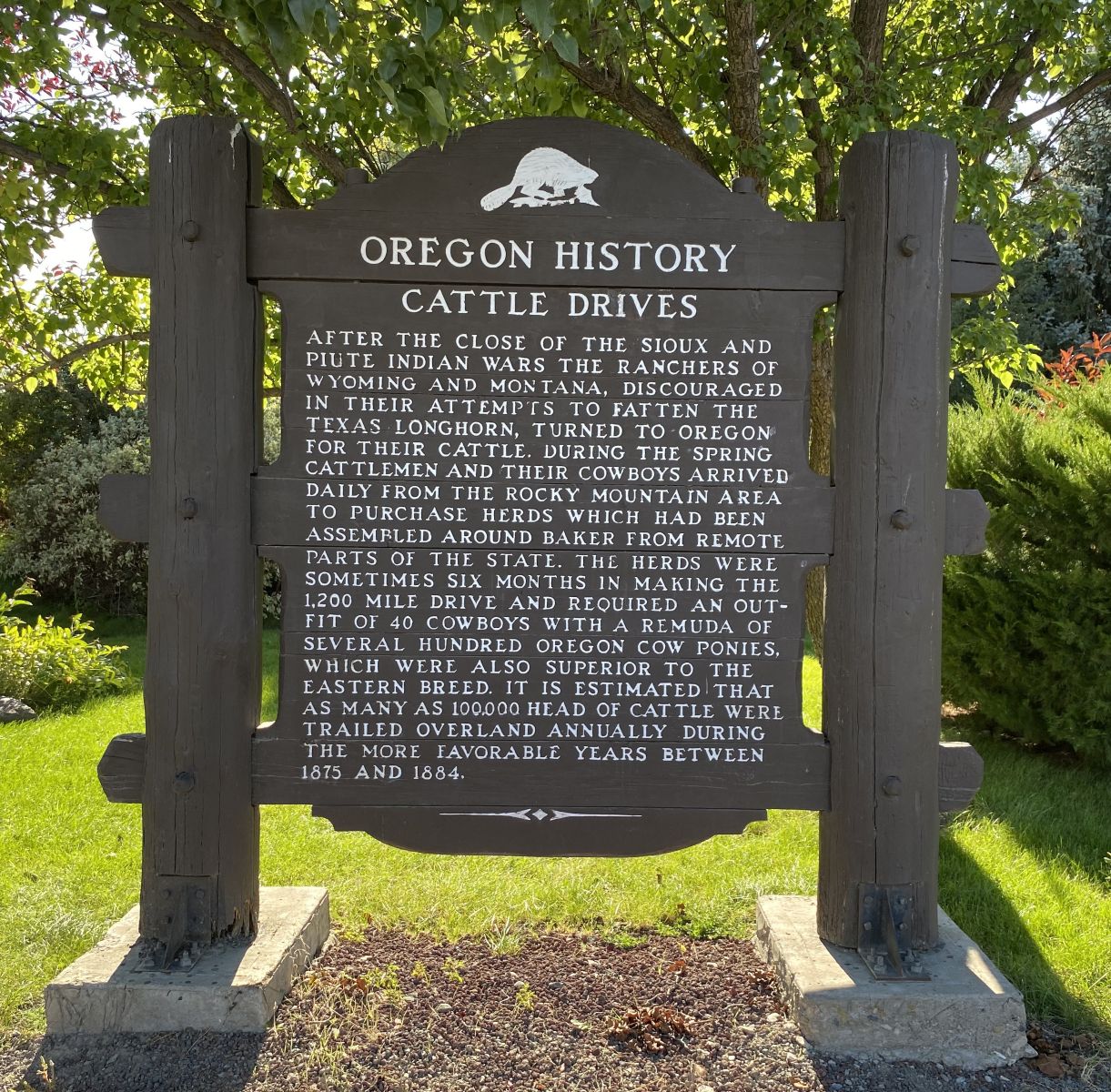Dorion, Marie
Posted on: October 9th, 2024 in Historical Marker Details |

Madame Marie Dorion, a Native American of the Sioux Nation, gained recognition for her endurance and courage in the early American West. As the only woman on the long and difficult Wilson Price Hunt Expedition from Montreal to the wild Oregon Territory, Marie’s strength of character and courage earned her a reputation for bravery.
In 1811, explorer Wilson Hunt hired Pierre Dorion as an interpreter for an expedition seeking an overland …
 Payments
Payments







